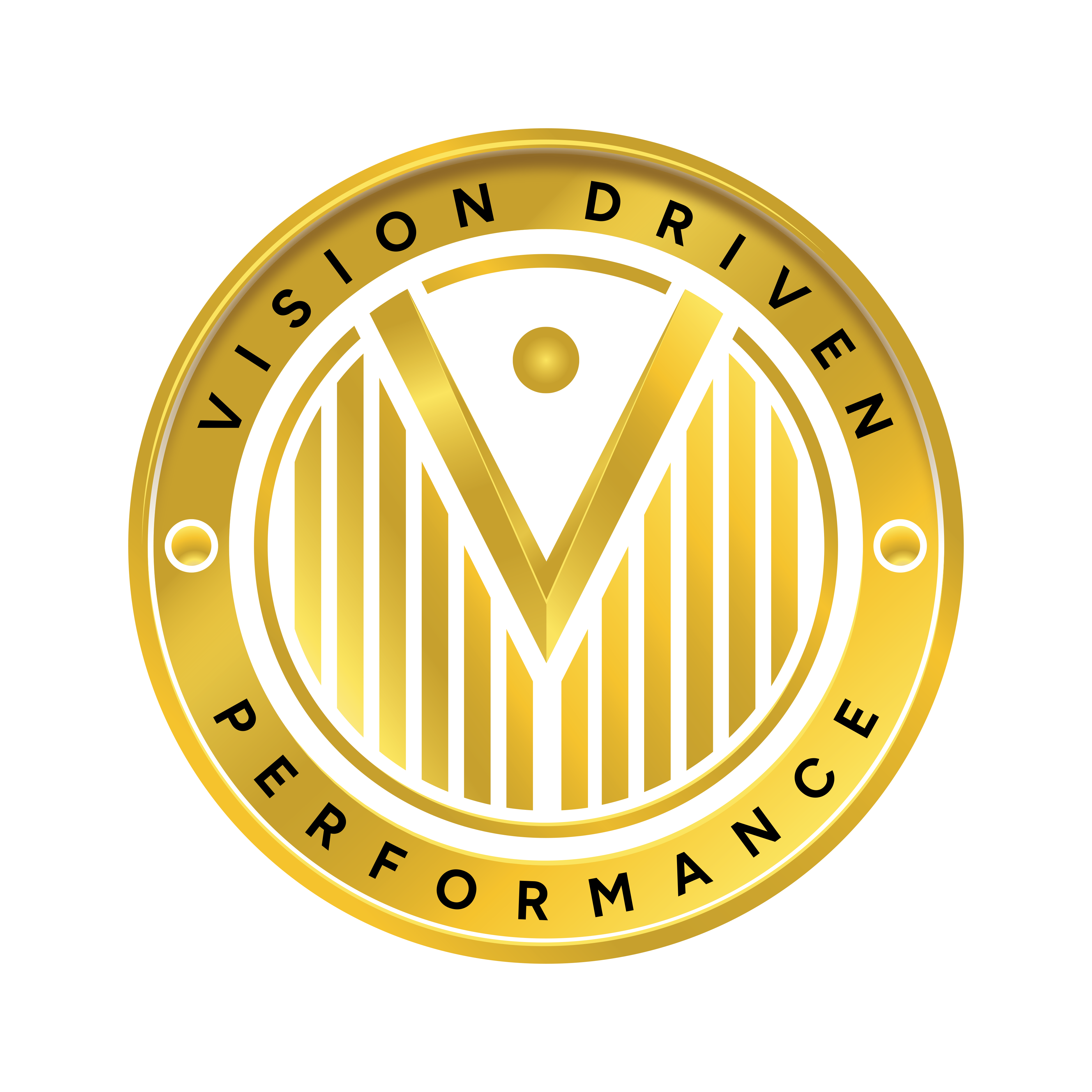Writing a good strategy plan involves careful analysis, thoughtful planning, and clear communication of key elements.
Here’s a step-by-step guide to help you write a comprehensive and effective strategy plan…
1. Conduct a Situation Analysis
- SWOT Analysis – Assess the organization’s strengths, weaknesses, opportunities, and threats to understand its internal capabilities and external environment.
- PESTLE Analysis – Analyze political, economic, social, technological, legal, and environmental factors that may impact the organization’s operations and strategy.
- Competitor Analysis – Evaluate competitors’ strengths, weaknesses, strategies, and market positioning to identify areas of competitive advantage and differentiation.
2. Define Your Vision, Mission, and Values
- Vision Statement – Clearly articulate the organization’s long-term vision and aspirations, describing what it aims to achieve and the impact it seeks to make.
- Mission Statement – Define the organization’s purpose, outlining its core values, and goals, and how it serves its stakeholders and community.
- Values Statement – Identify the guiding principles and beliefs that shape the organization’s culture, behavior, and decision-making.
3. Set Strategic Objectives and Goals
- SMART Goals – Establish specific, measurable, achievable, relevant, and time-bound (SMART) objectives that align with the organization’s vision, mission, and values.
- Long-Term Goals – Define overarching goals and milestones that guide the organization’s direction and growth over the long term.
- Short-Term Objectives – Break down long-term goals into actionable short-term objectives that drive progress and momentum.
4. Develop Key Strategies and Initiatives
- Market Analysis – Identify target markets, customer segments, and trends to inform strategic decision-making and marketing strategies.
- Product or Service Strategy – Define strategies for product development, innovation, pricing, distribution, and promotion to meet customer needs and drive growth.
- Competitive Strategy – Develop strategies for competitive positioning, differentiation, and market penetration to gain a sustainable advantage in the marketplace.
- Operational Excellence – Identify opportunities for improving operational efficiency, cost management, quality, and customer service to enhance organizational performance.
5. Allocate Resources and Budget
- Resource Planning – Determine the resources (e.g., financial, human, technological) needed to execute the strategic plan effectively.
- Budgeting – Develop a budget that allocates resources strategically, ensuring financial sustainability and accountability for achieving goals and objectives.
6. Establish Metrics and KPIs
- Key Performance Indicators (KPIs) – Define specific metrics and KPIs to measure progress and success in achieving strategic objectives.
- Performance Targets – Set targets and benchmarks for each KPI to track performance, monitor trends, and identify areas for improvement.
7. Create an Action Plan
- Actionable Steps – Break down strategies and objectives into actionable steps and initiatives with clear timelines, responsibilities, and dependencies.
- Implementation Plan – Outline how each initiative will be executed, including resource allocation, stakeholder engagement, risk management, and communication strategies.
8. Develop Monitoring and Evaluation Mechanisms
- Performance Monitoring – Establish processes for monitoring and tracking progress against strategic objectives, KPIs, and milestones.
- Regular Review – Schedule periodic reviews and evaluations of the strategic plan to assess performance, identify challenges or opportunities, and make necessary adjustments.
9. Communicate and Align
- Stakeholder Engagement – Engage key stakeholders, including employees, management, investors, customers, and partners, in the strategic planning process and communicate the plan effectively to ensure alignment and buy-in.
- Transparency – Foster open and transparent communication channels to keep stakeholders informed about the organization’s strategic direction, progress, and performance.
10. Review and Adapt
- Continuous Improvement – Foster a culture of learning, innovation, and adaptability within the organization to respond effectively to changes in the external environment and internal dynamics.
- Feedback Mechanisms – Solicit feedback from stakeholders, evaluate outcomes, and incorporate lessons learned into future iterations of the strategic plan.
By following these steps, you can develop a well-structured and comprehensive strategy plan that guides your organization’s growth, success, and sustainability in a dynamic and competitive business environment.




